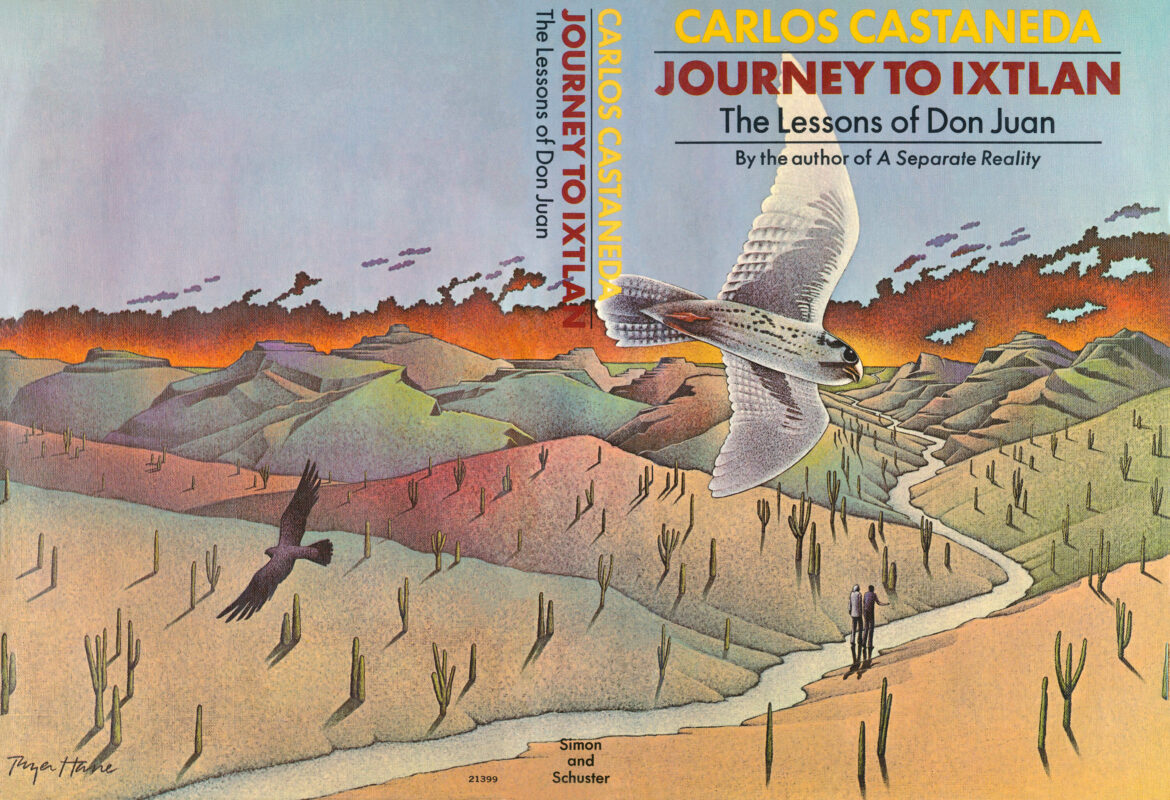Part One: Stopping the World – The Mood of a Warrior
In this segment, Don Juan leads Castaneda to a sacred “place of power” where warriors would “bury themselves” for enlightenment, attempting a similar experience with Castaneda who struggles with self-pity. Don Juan emphasizes that a true warrior cultivates a specific “mood” characterized by a balance of control and abandon, devoid of self-pity, as this is essential for acquiring power. Further instruction is given on advanced “dreaming” techniques. A dramatic encounter with a mountain lion then serves as a practical demonstration of the warrior’s mood, illustrating how Castaneda’s actions, driven by a primal need to survive, exemplified the desired state of control and abandon, regardless of the perceived reality of the animal.
Part One: Stopping the World – The Mood of a Warrior Read More »
